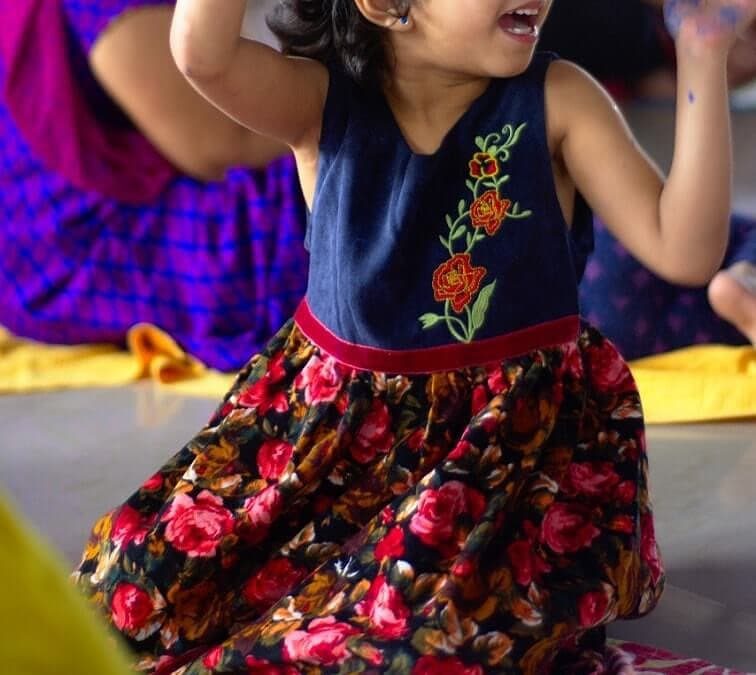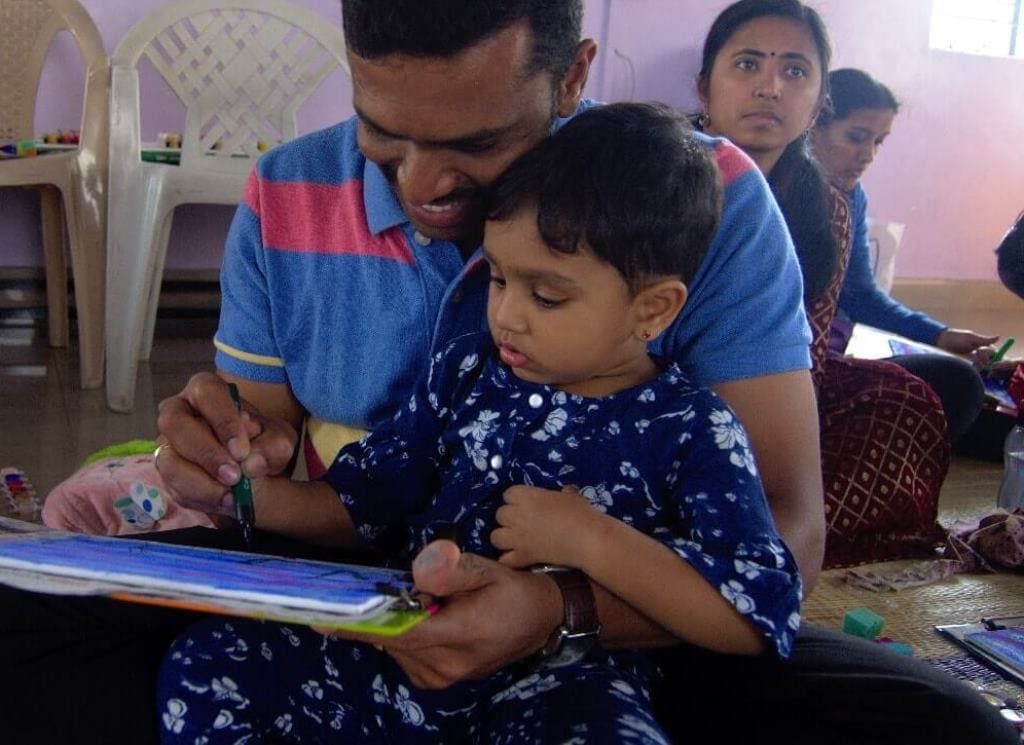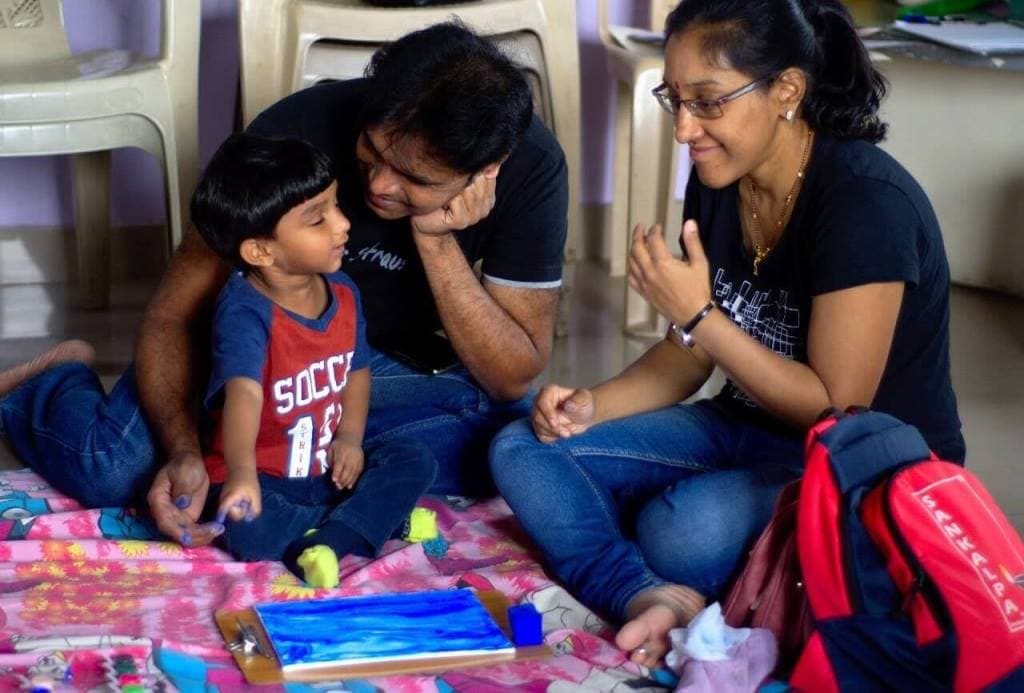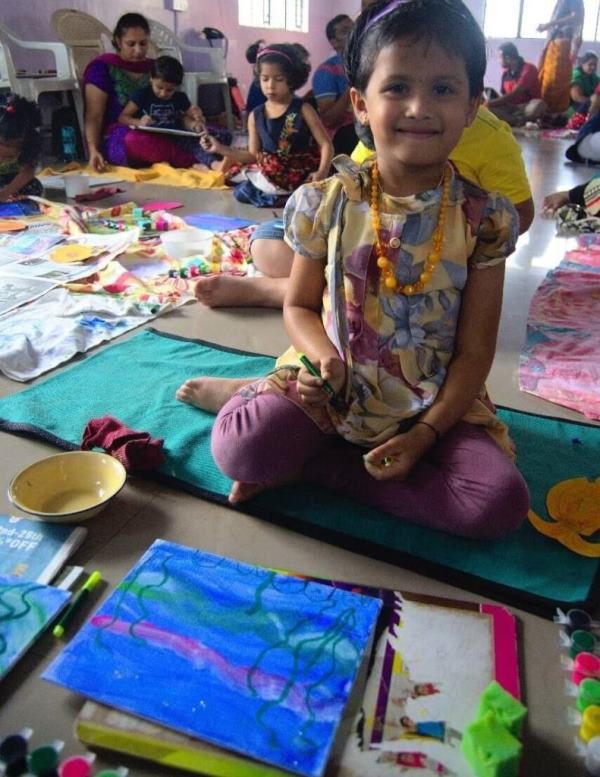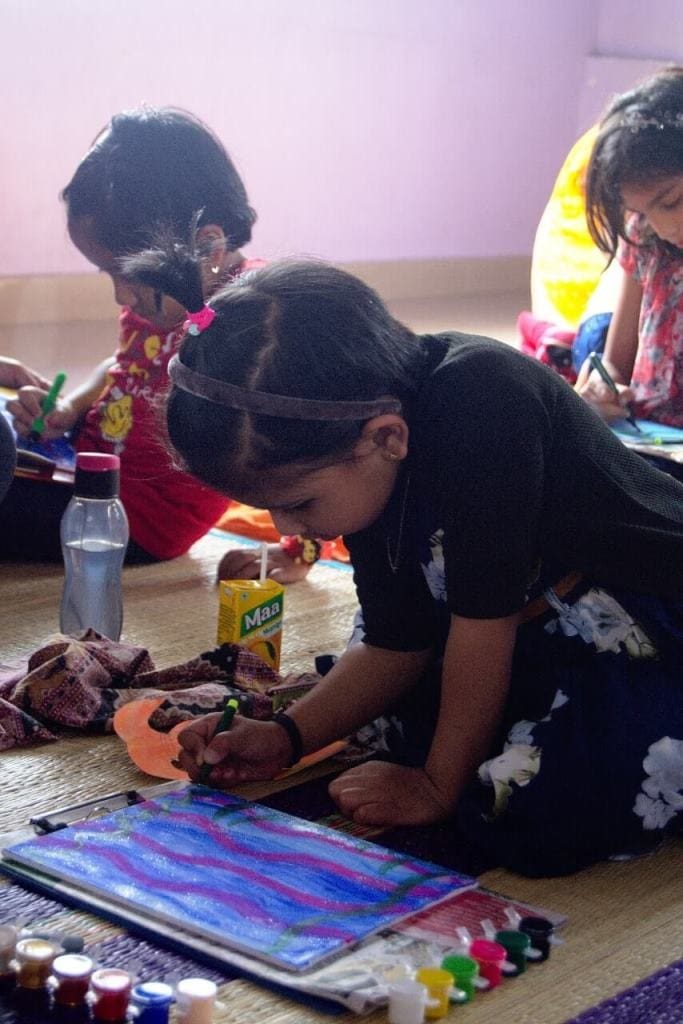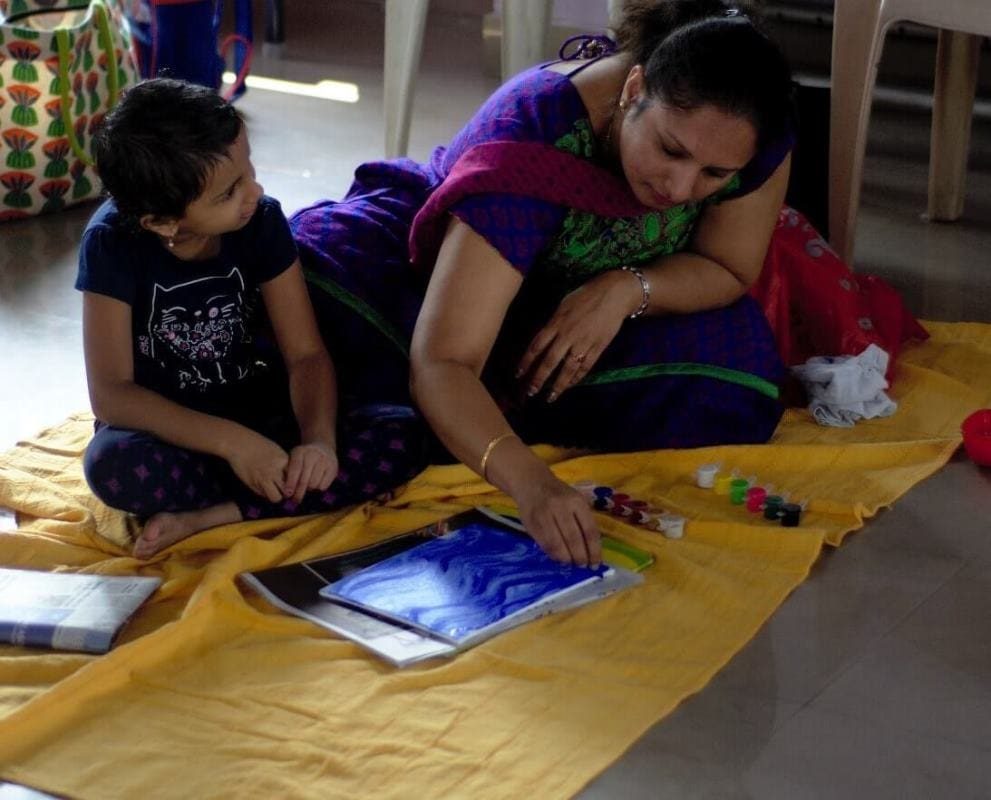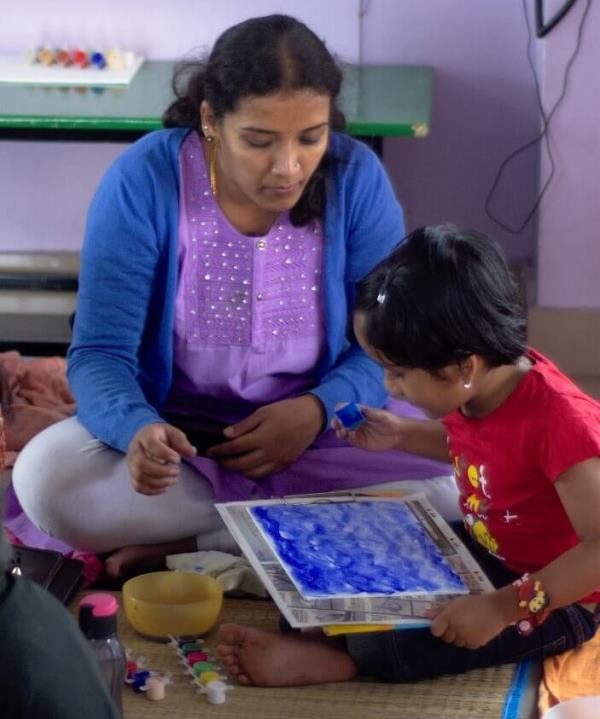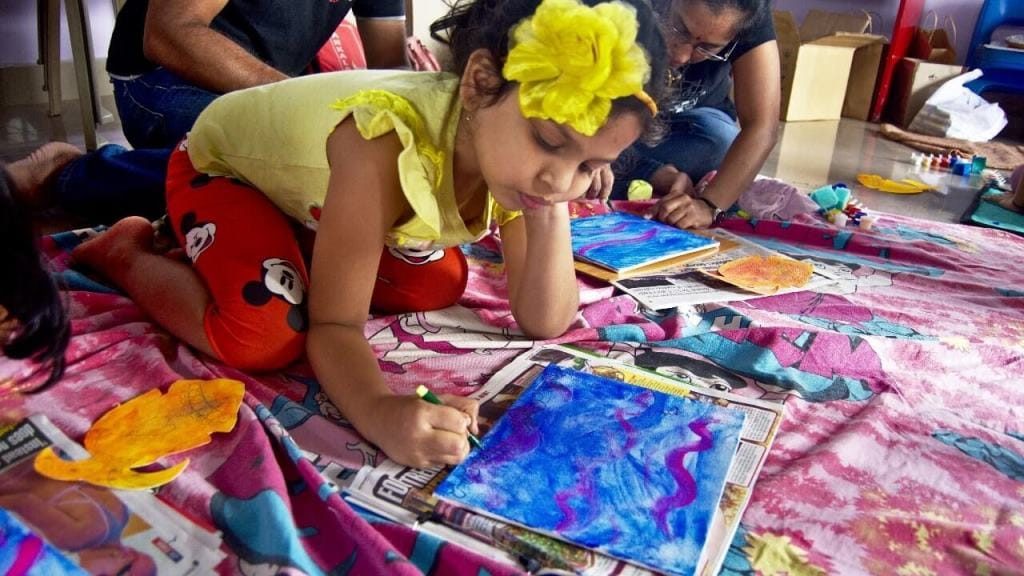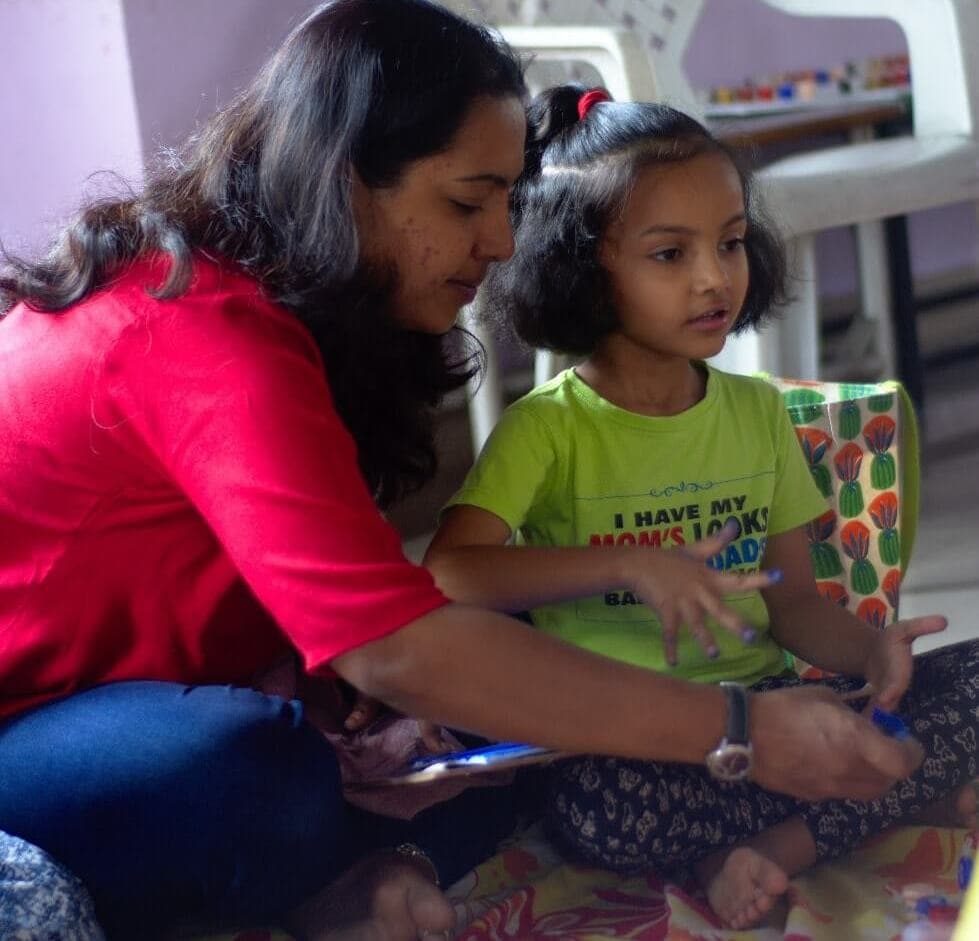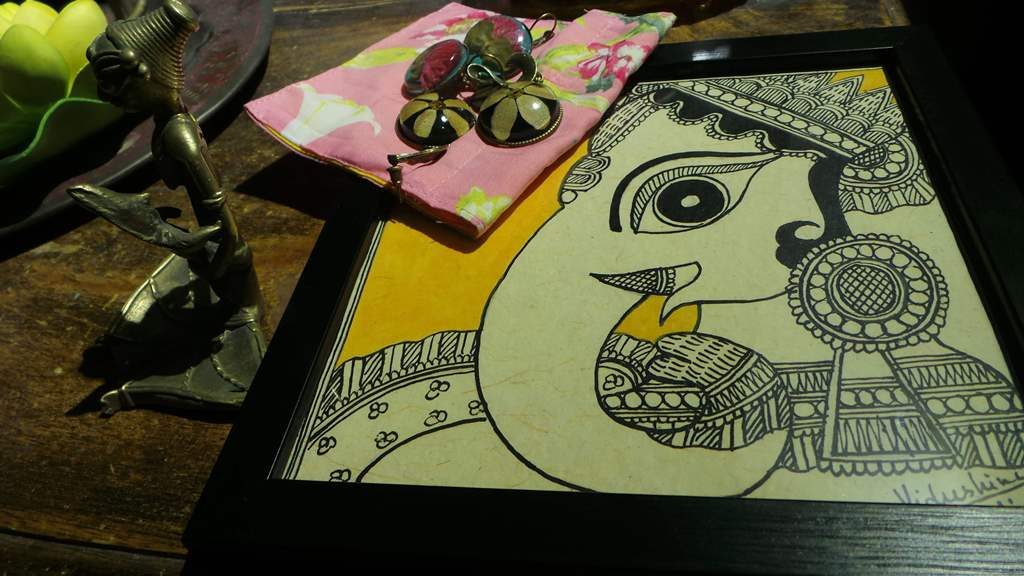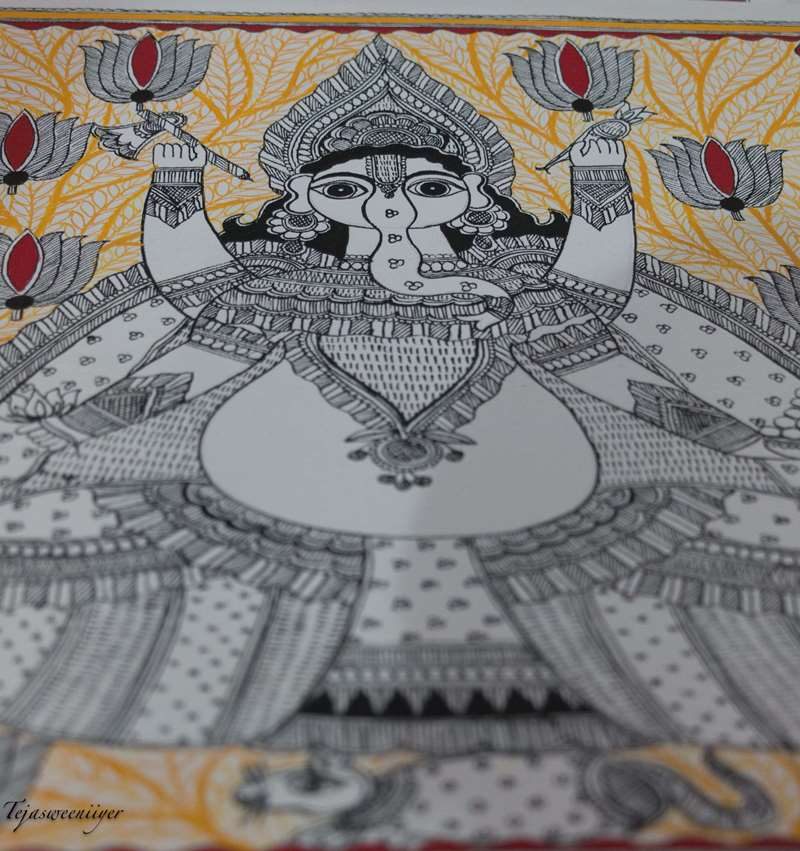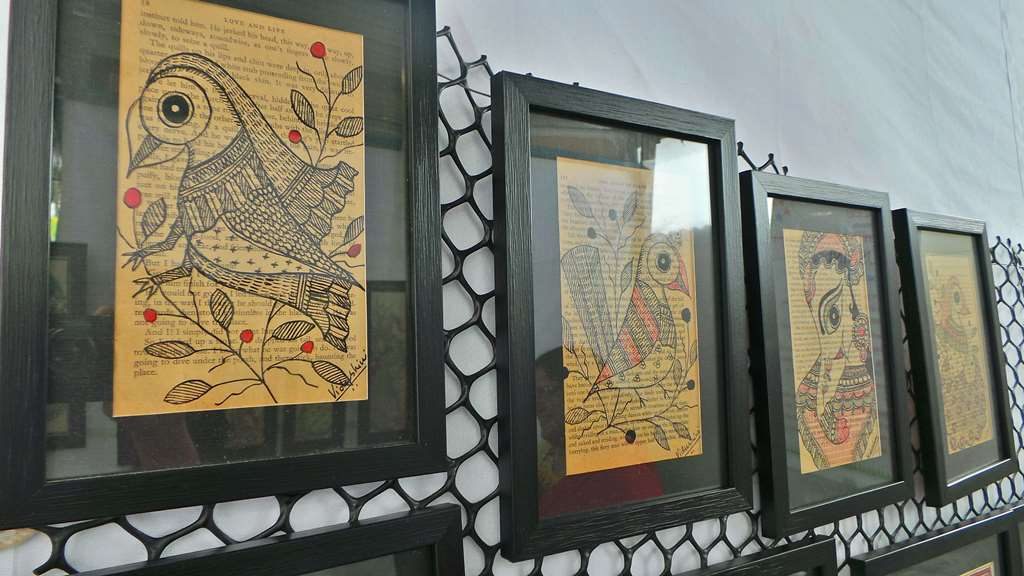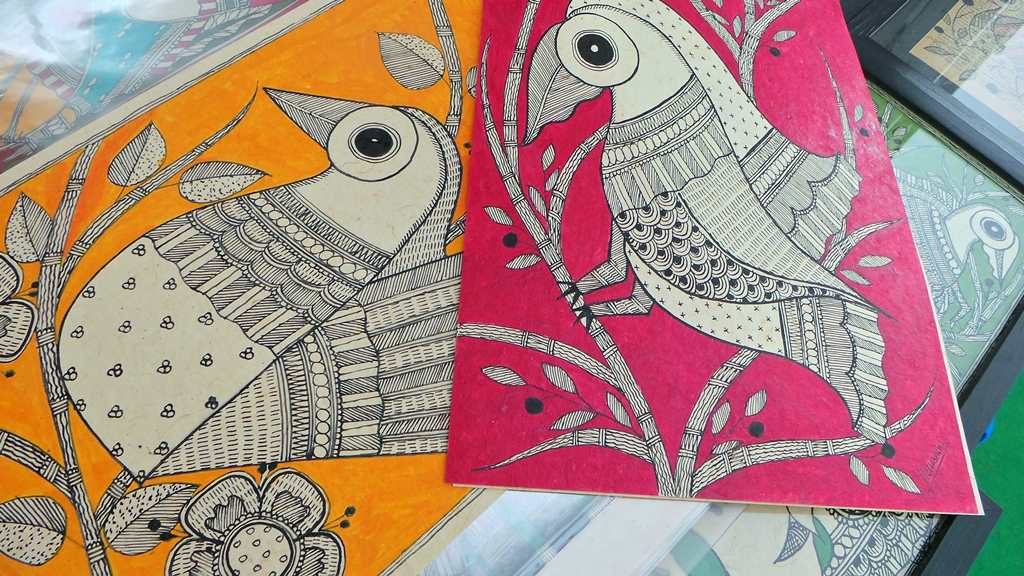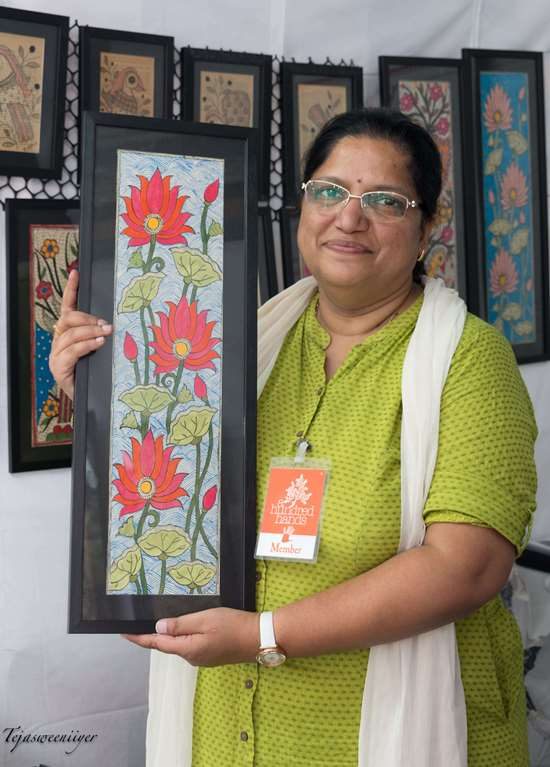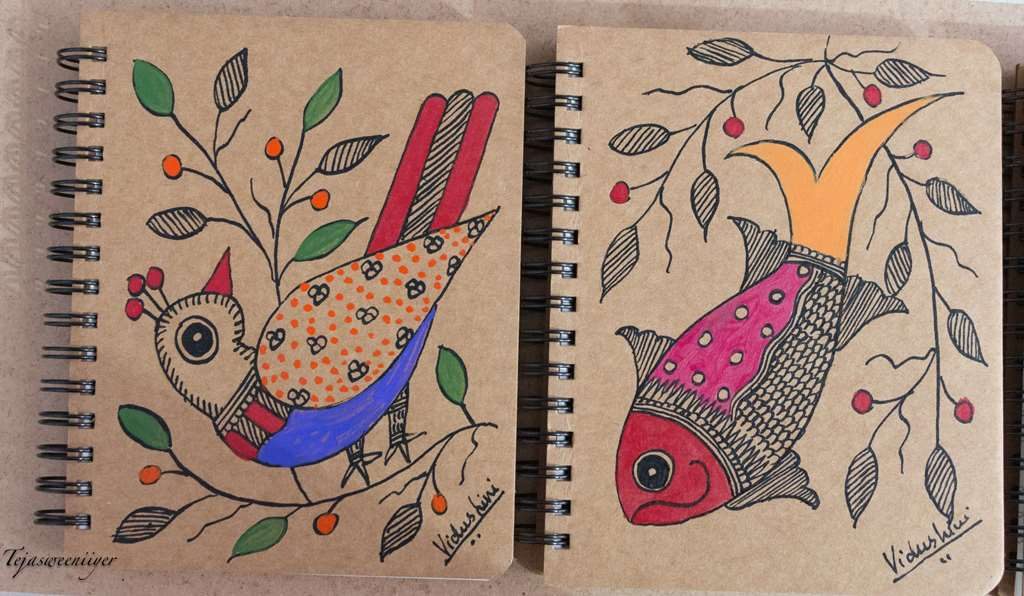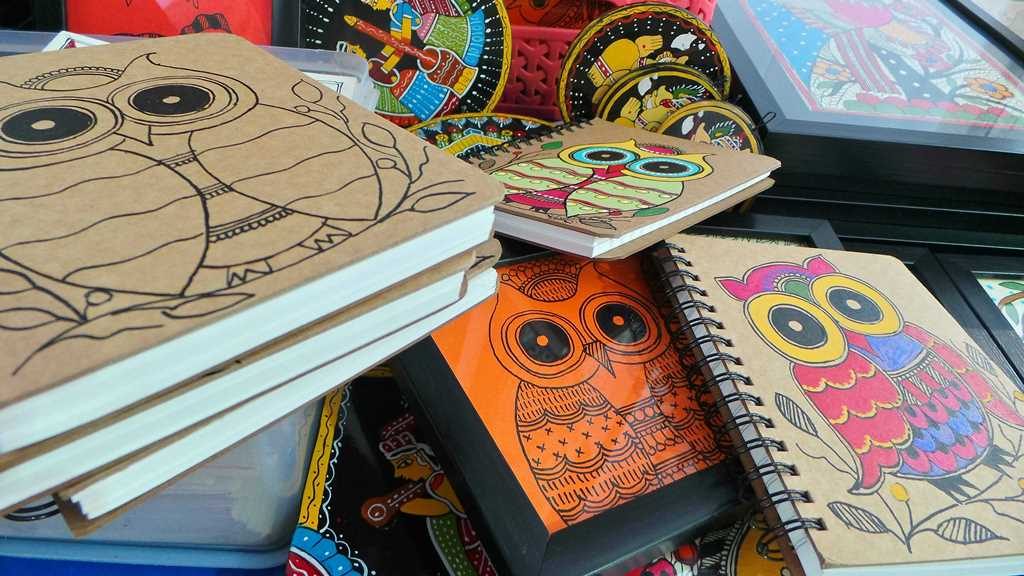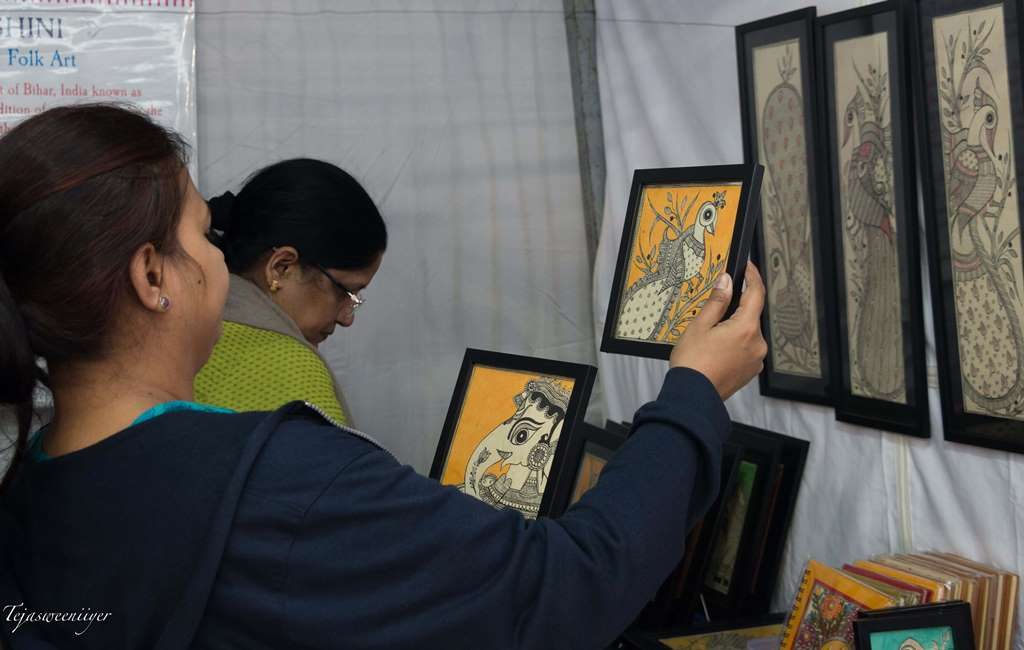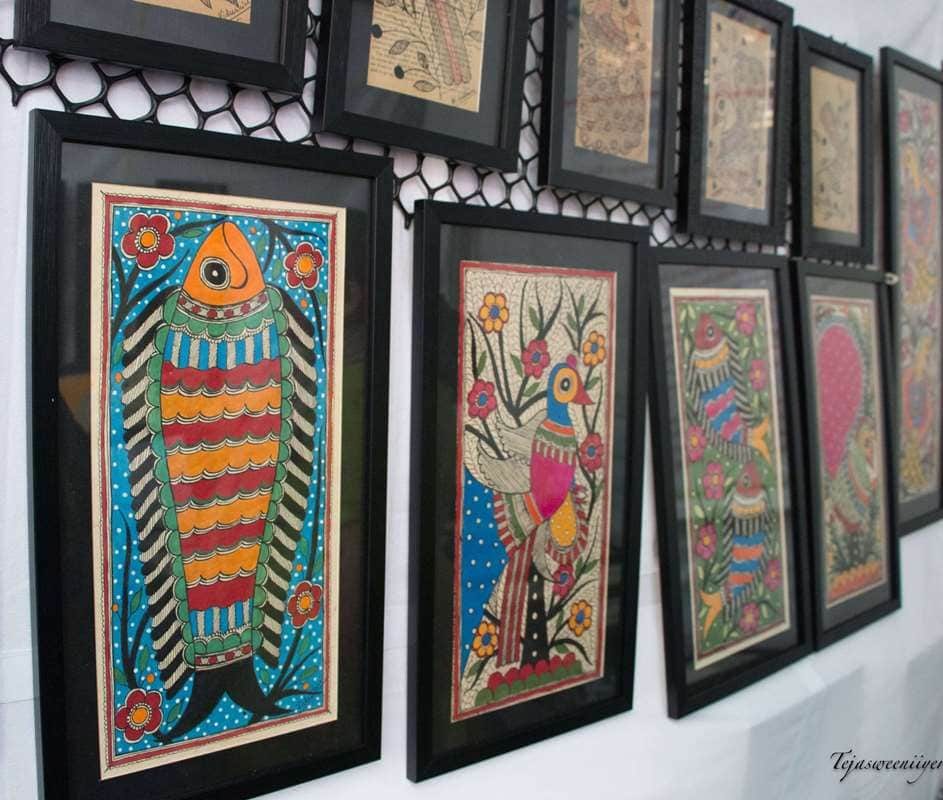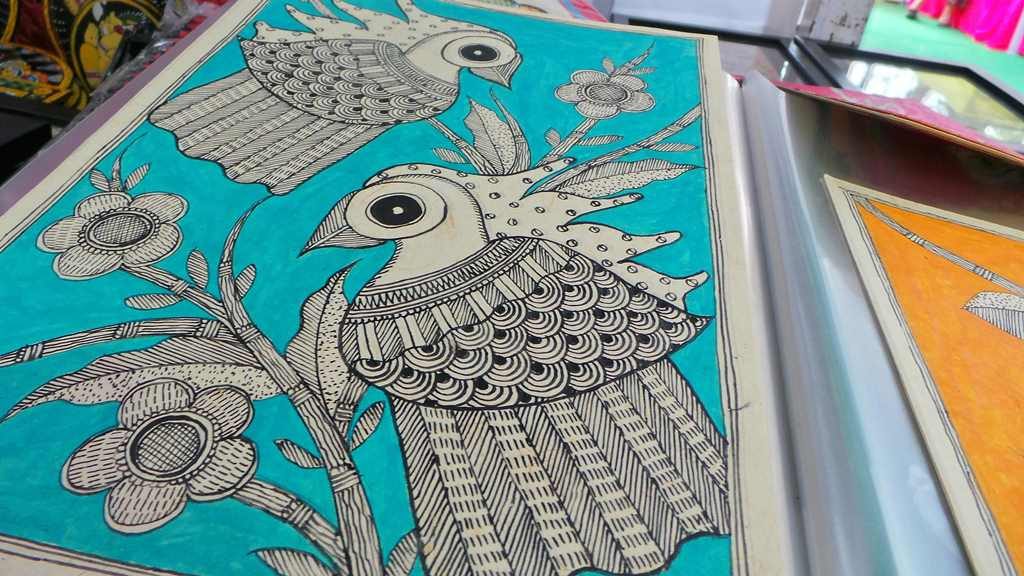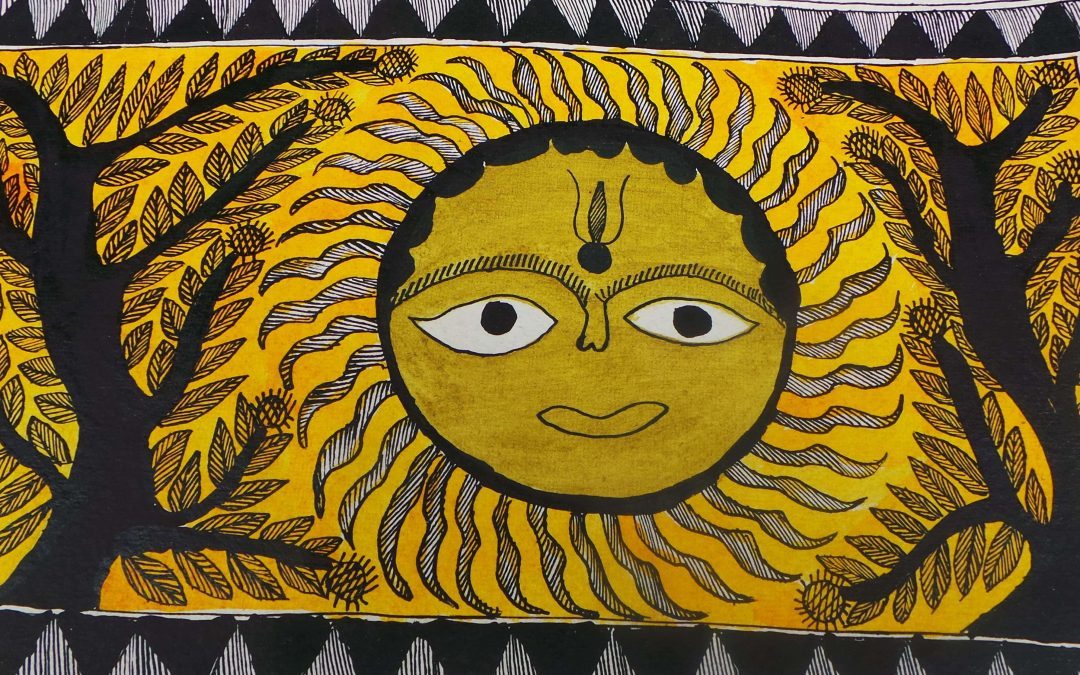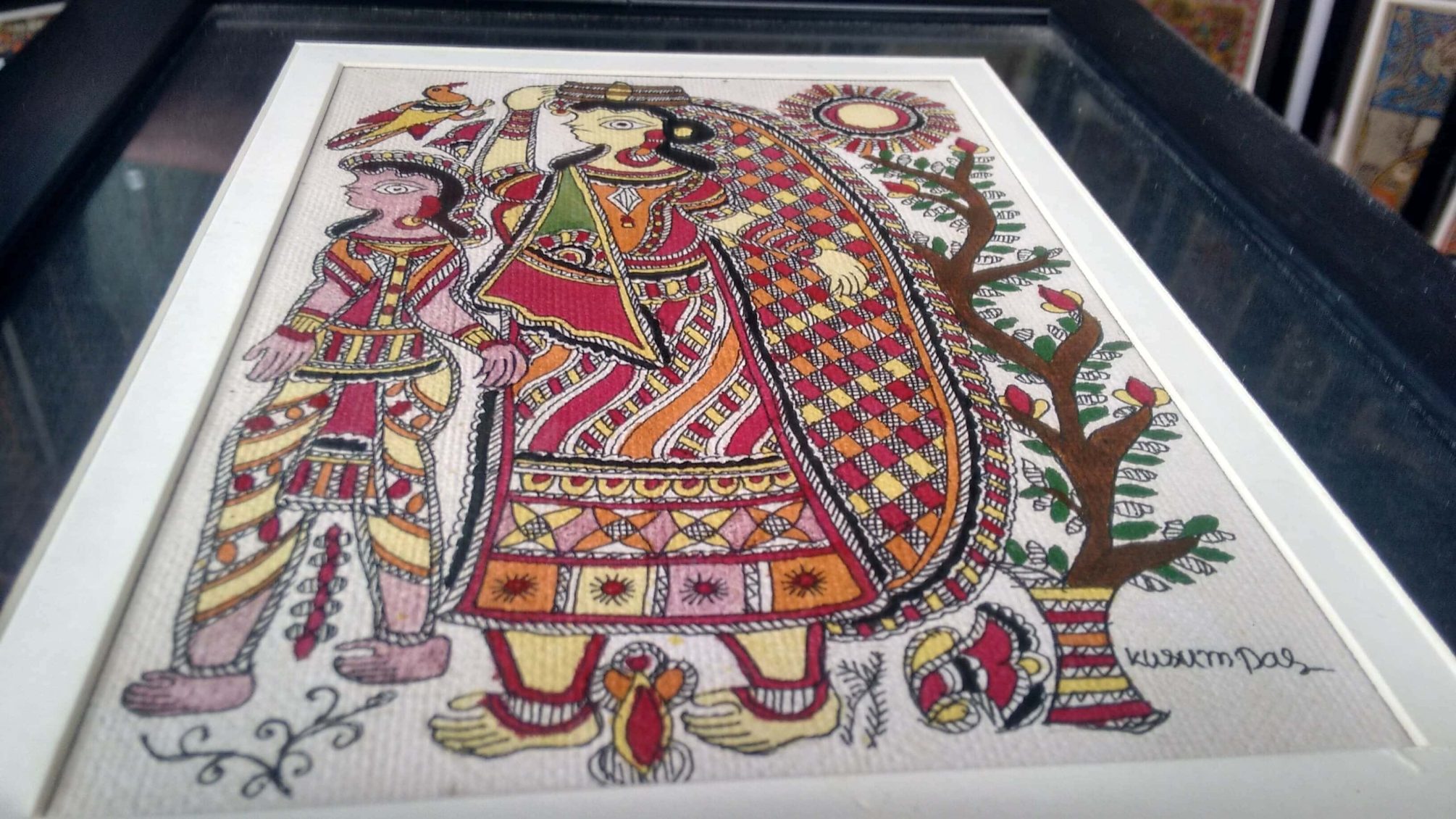Vidushini Prasad has been doing Madhubani paintings for over a decade now. With a degree in chemistry, art was never on the horizon. But it was something which just chose her. When she started painting, she never thought it would bring her recognition. But now as a member of A Hundred Hands, her work is instantly recognised. Having displayed her work in art galleries, made to order pieces, installation in FabIndia Sarjapur, exclusive art pieces in
NOVICA, displays in bazaars, santhes and innumerable workshops..she is candid in saying that it becomes mechanical if she lets it. “Just like any job…I have to keep reinventing myself and my art.” So she finds inspiration everywhere and brings in new elements in the age old art form. Though a folk art, it beautifully lends itself to the artist’s creativity and this is very evident when I see her work. Right from using old book pages as her base to the fresh colour scheme, it is all her signature style. Her speciality is the kutchi and bharni styles of
Madhubani. Sometimes she also does the godhna style which is the tatoo art used by tribals.
